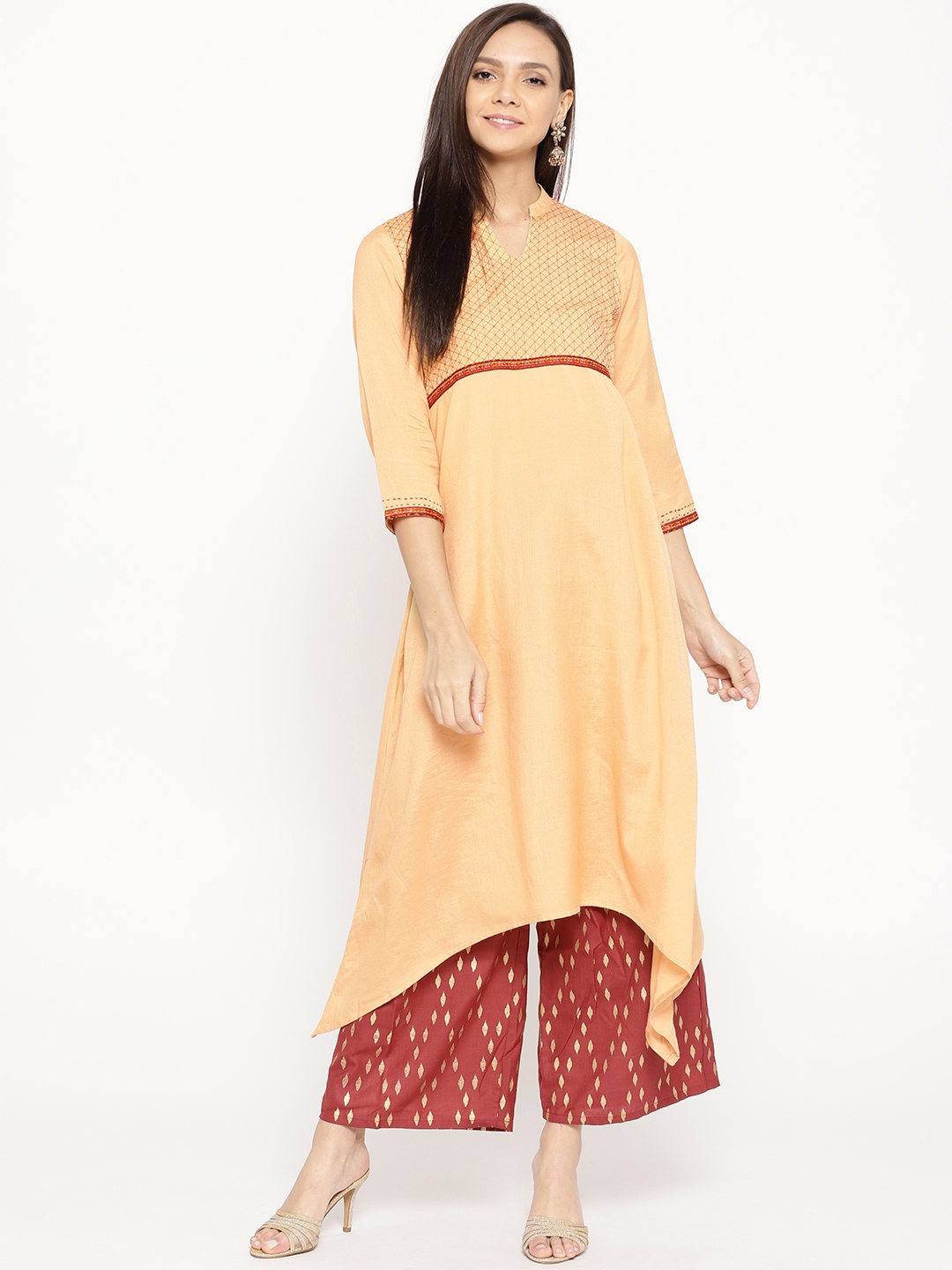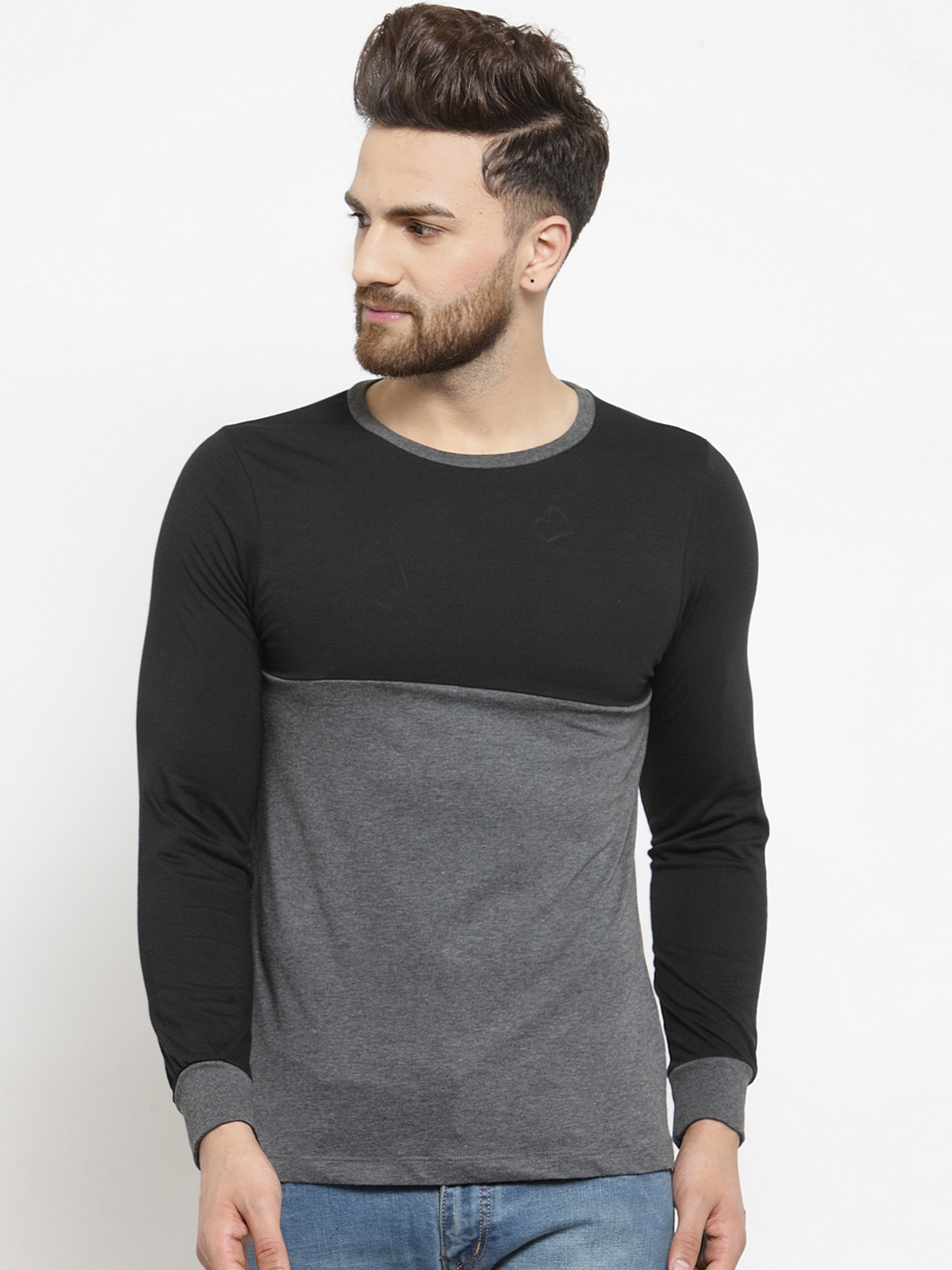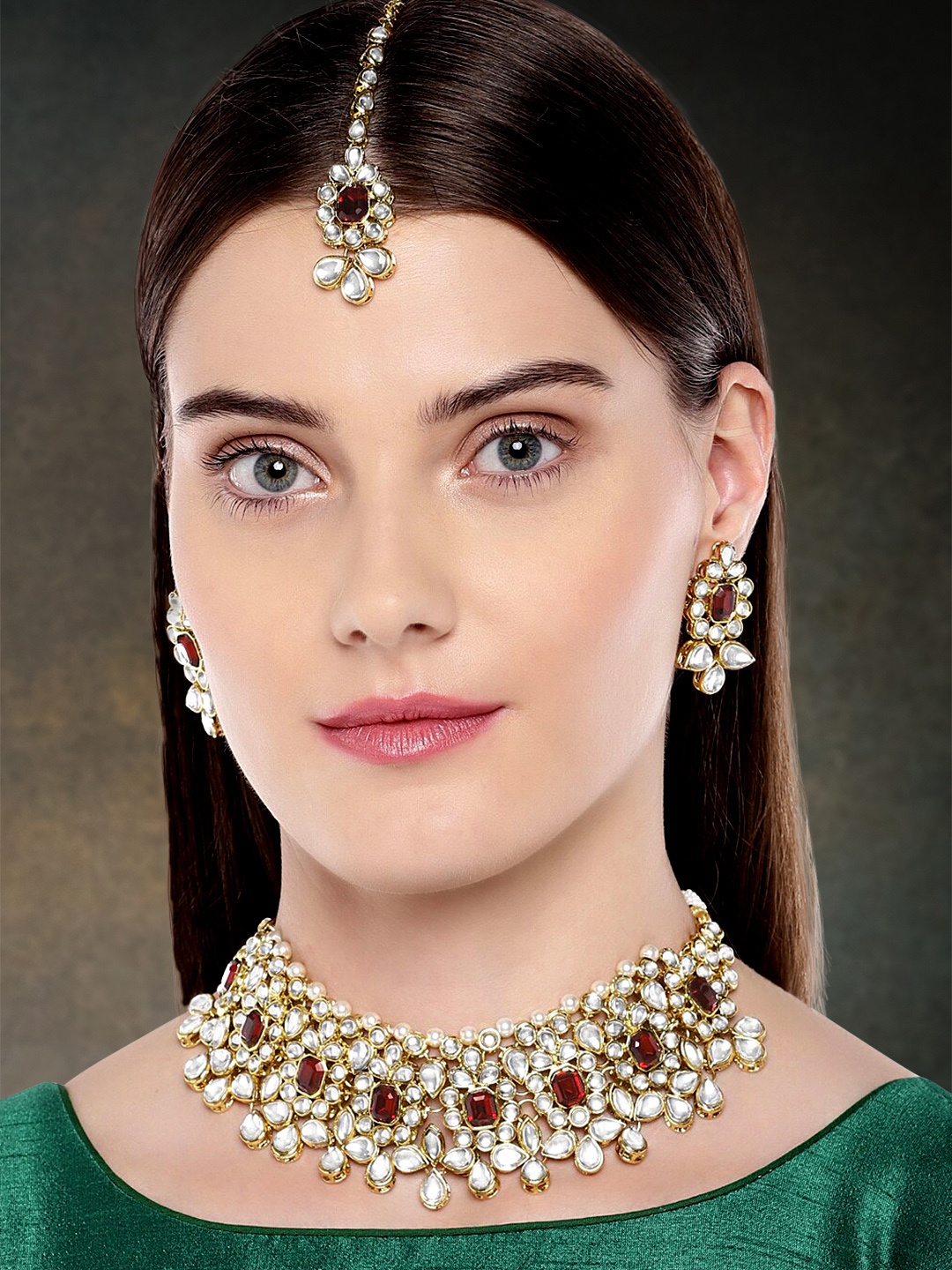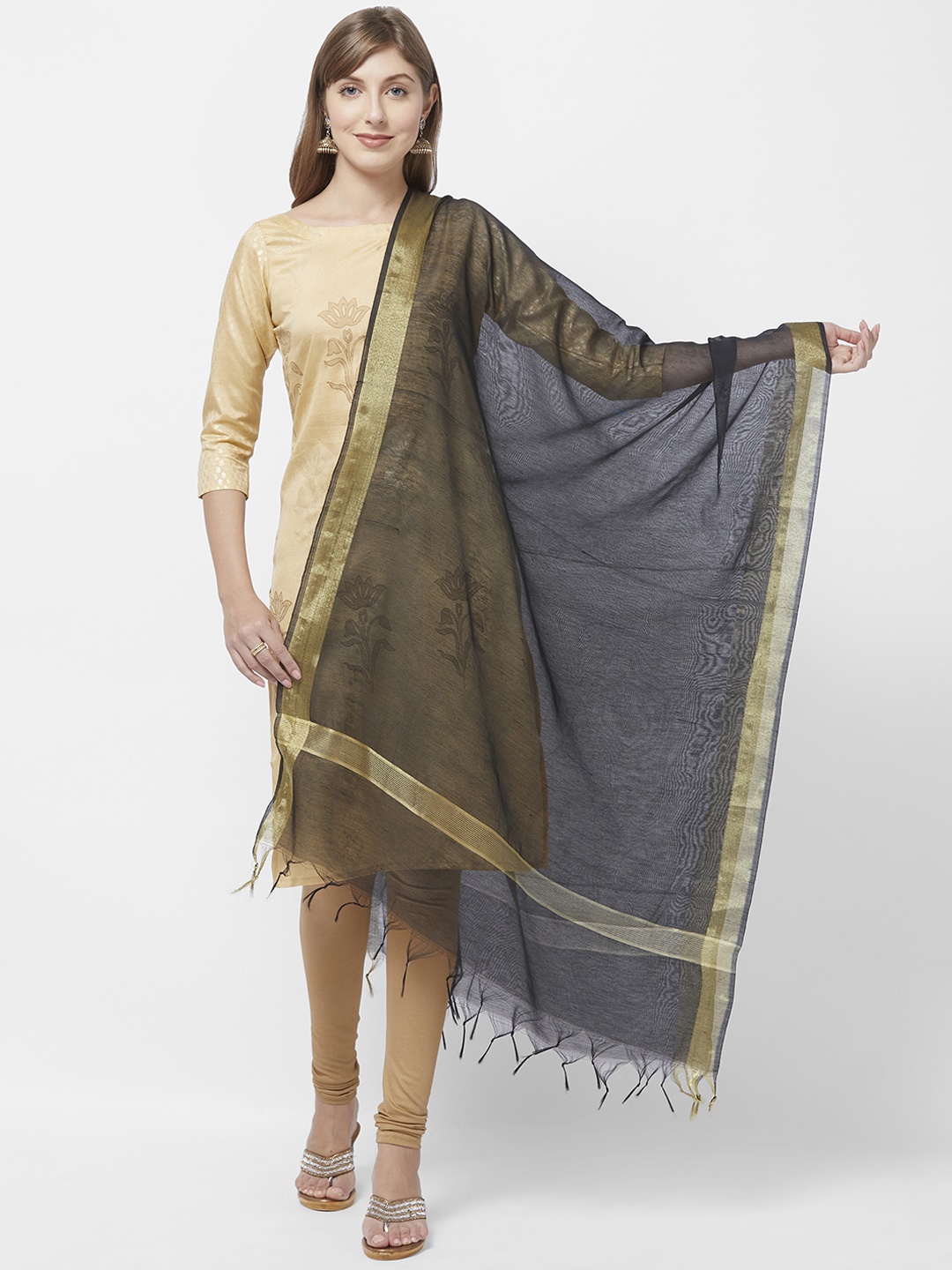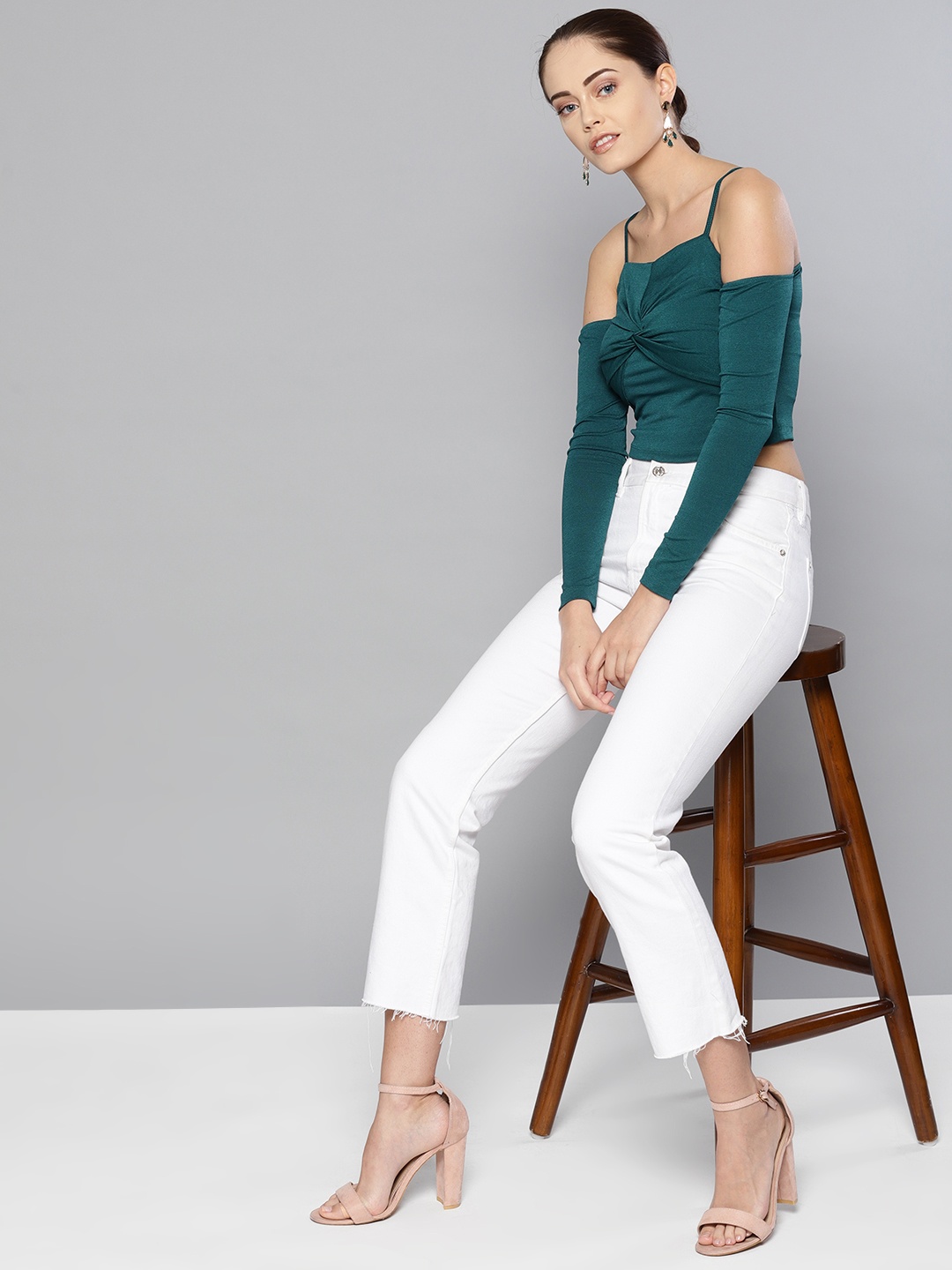How To Choose Running Shoes That Cushion Concrete Pavement Impact: 10 Tips
Running on concrete is a love-hate relationship. The freedom is unmatched, but the pounding can feel like the pavement is personally plotting against your knees. Here is how to choose the best running shoes for concrete that provide cushioning to protect your joints.

How To Choose The Best Running Shoes With Cushioning For Concrete Surfaces.
Concrete is everywhere, from the shaded park pathways lined with chai stalls to the long, sleepy neighbourhood lanes where street dogs act as honorary cheerleaders. Many runners start on concrete simply because it's right outside their front door. But here's the catch: concrete is tough. It's harder than asphalt, harder than most sports tracks, and certainly harder than your knees would prefer.
Without proper cushioning, each step sends shockwaves up the legs, whispering promises of shin splints, sore heels, and enough joint pain to make you reconsider your fitness plans. This is why investing in the right running shoes is less about splurging and more about survival. Think of it as paying an upfront fee in ₹ to avoid paying triple at the physiotherapist's clinic later.
Let's walk, or rather run, through 10 smart, streetwise tips for picking shoes that will keep you safe, comfortable, and pavement-ready. Here is how to choose the best running shoes for concrete that provide cushioning to protect your joints.

How To Choose The Best Cushioned Running Shoes To Protect Your Joints; Photo Credit: Pexels
1. Understand Your Foot Strike Pattern
Every runner has a unique foot strike, the way the foot meets the ground. Some land on the heel first (heel strikers), some on the midfoot, and a few on the forefoot. Concrete makes every strike feel louder and sharper, so cushioning needs to match your style.
Heel strikers benefit from extra padding at the rear, while midfoot and forefoot runners need cushioning spread across the sole. Brands often market shoes as “neutral” or “stability” types, but don't just go by the label. A quick treadmill analysis at a sports store can reveal how your foot behaves when it meets the ground.
It's a bit like picking a sofa, someone who lounges sideways will want a different cushion arrangement than someone who sits upright. Your running shoes are your mobile sofa, and on concrete, you'll want it to be plush yet firm in the right spots.
2. Cushioning vs. Responsiveness: Find the Sweet Spot
More cushioning sounds great, until you feel like you're running in marshmallows. Overly soft shoes can rob you of energy return, making long runs exhausting. On the flip side, overly firm shoes can make concrete feel like glass underfoot.
The best pairs offer a balanced midsole, a foam that absorbs impact yet bounces back to push you forward. Look for EVA or modern foams like PWRRUN+ or React, which maintain comfort without becoming squishy.
Imagine eating a jalebi: it's soft and sweet, but there's a structure beneath the syrup. Your ideal running shoe cushioning should be exactly that, indulgent yet supportive, keeping you light on your feet without sinking in.
3. Mind the Midsole Drop
The midsole drop, or heel-to-toe offset, is the height difference between the heel and the forefoot. High drops (10-12mm) suit heel strikers, easing calf strain. Low drops (4-6mm) encourage a more natural stride but can load the calves more.
On concrete, higher drops often feel kinder for beginners or those recovering from injuries, as they reduce the harsh jolt on the Achilles tendon. That said, seasoned runners might prefer a mid-drop shoe for a more grounded feel.
Think of it like stair heights: shorter steps feel smooth, but taller steps can make your legs work differently. Your “stair comfort level” translates directly into your midsole drop preference.
4. Prioritise Shock-Absorbing Outsoles
The outsole, the part that meets the ground, is your first line of defence against concrete's unforgiving hardness. Rubber compounds vary, and some are designed to disperse impact better than others.
Look for shoes with segmented outsoles or decoupled heel designs. These break up the impact and stop the shock from travelling straight up the leg. The grip matters too; a slip on dusty pavement can undo months of training.
Consider it like buying a bike tyre: some are just rubber, others have grip patterns and inner layers that cushion the ride. On concrete, the right outsole is as important as the midsole cushioning itself.
5. Go for a Secure, Breathable Upper
While the sole takes the beating, the upper decides how your foot feels during the fight. A well-fitting upper holds the foot snugly without pressure points, allowing natural movement.
Mesh fabrics are breathable, a blessing in India's warm climate, while overlays add structure to prevent the foot from sliding on sharp turns. A bad fit can cause blisters faster than you can say “Band-Aid”, especially during long runs.
Think of it as a seatbelt: you don't want it cutting into you, but you also don't want it loose enough that you slide around. The upper should keep your foot stable over the cushioning below.
Also Read: USPA And Neeman's Casual Footwear For Men: Get 50% Off Now On Myntra Right To Fashion Sale
6. Weight Matters, but Not at the Cost of Comfort
Lightweight shoes feel faster, but when you're pounding concrete, shaving a few grams off isn't worth sacrificing support. Ultra-light racing shoes often skimp on cushioning and durability, two things concrete loves to challenge.
Aim for a balance: a shoe light enough to feel nimble, but with enough material to shield you from the repeated impact. In most cases, 250-300g per shoe offers a good compromise for everyday pavement running.
It's like carrying a backpack: you wouldn't mind it being lighter, but you wouldn't strip it of essentials just to save a kilo. Protection comes first.

How To Choose The Best Cushioned Running Shoes To Protect Your Joints; Photo Credit: Pexels
7. Test the Flexibility
Overly stiff shoes can make concrete runs feel jarring, while overly flexible ones can leave you unstable. The trick is finding a sole that bends where your foot naturally flexes, usually under the ball of the foot.
Some brands use flex grooves in the outsole to guide movement, making transitions smoother. Try the “twist test” at the store: twist the shoe gently and see where it bends. If it's too rigid, your foot will do all the work. Too floppy, and you'll lose support.
It's like choosing a mattress, too hard and you wake up sore, too soft and you sink in awkwardly. The right flexibility makes every step efficient.
8. Mind the Durability Factor
Concrete eats shoes for breakfast. The constant abrasion wears down the outsole and compresses the midsole faster than softer running surfaces. If you're running several times a week, be ready to replace shoes every 600-800km.
Pay attention to outsole thickness, midsole foam quality, and reinforced high-wear areas like the heel and toe. Sometimes spending ₹2,000 more on a durable pair saves you from buying two cheaper pairs in the same time span.
Think of it like buying a pressure cooker, a slightly pricier one might last ten years, while the cheaper one starts whistling in protest after a year.
9. Don't Ignore In-Store Trials
Online shopping is tempting, especially with discounts that pop up like sudden summer mango stalls. But for running shoes, trying them in-store can save you future regrets. Walk, jog, even hop in them to feel the cushioning and fit.
If a shoe feels even slightly off in the store, it will feel worse after 10km on concrete. Trust your feet more than marketing descriptions. Also, carry the socks you actually run in, a thin formal sock can make a shoe feel looser than your sports ones.
Consider it like sampling chai before buying a big thermos. A sip in the wrong flavour is easier to avoid than returning a litre of disappointment.
10. Remember, Price Isn't Everything
It's tempting to believe that the most expensive shoe in the store is the most protective. While high-end shoes often have advanced foams and designs, some mid-range models (₹6,000–₹8,000) perform just as well on concrete.
Focus on fit, cushioning, and durability over brand hype. Your knees won't care if your shoes are from a luxury label; they'll care about how well the pavement's punch is softened.
It's like street food, the ₹50 pav bhaji at your favourite stall can taste better than the ₹500 version in a fancy café. It's all about getting the essentials right.
Products Related To This Article
1. Skechers Go Run 400 Running Shoes For Women
2. PUMA Hustle V2 Sneakers For Men
3. Sparx SL 170 Running Shoes For Women
4. HRX by Hrithik Roshan Running Shoes For Men
5. PUMA Galaxis Pro Women's Performance Boost Running Shoes
6. Abros EVIN Running Shoes For Women
7. CAMPUS REVI Running Shoes For Women
8. Trenz Running Shoes For Men
Running on concrete doesn't have to be a bone-rattling ordeal. The right shoes act as your personal shock absorbers, protecting your joints and keeping the run enjoyable. By paying attention to cushioning type, fit, outsole design, and durability, you can turn unforgiving city pavements into your personal track.
In the end, the perfect running shoe is like a trusted auto-rickshaw driver: reliable, smooth, and capable of navigating bumps without leaving you sore. Choose wisely, and every run will feel less like punishment and more like freedom. Shop now on Flipkart.
Disclaimer: The images used in this article are for illustration purpose only. They may not be an exact representation of the products, categories and brands listed in this article.











